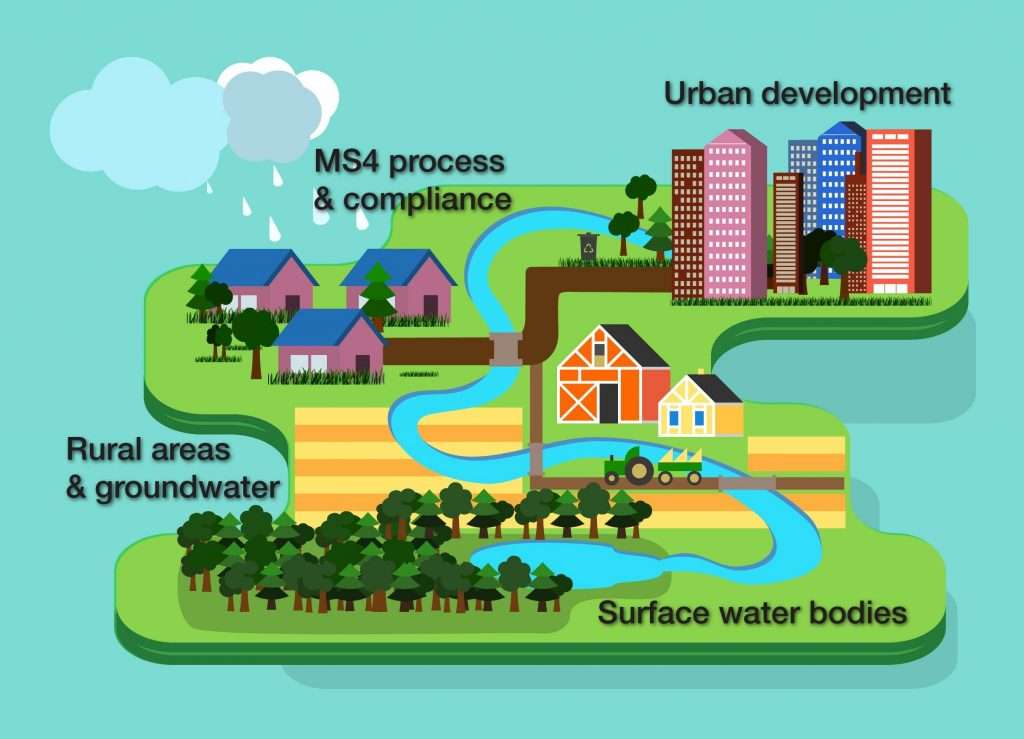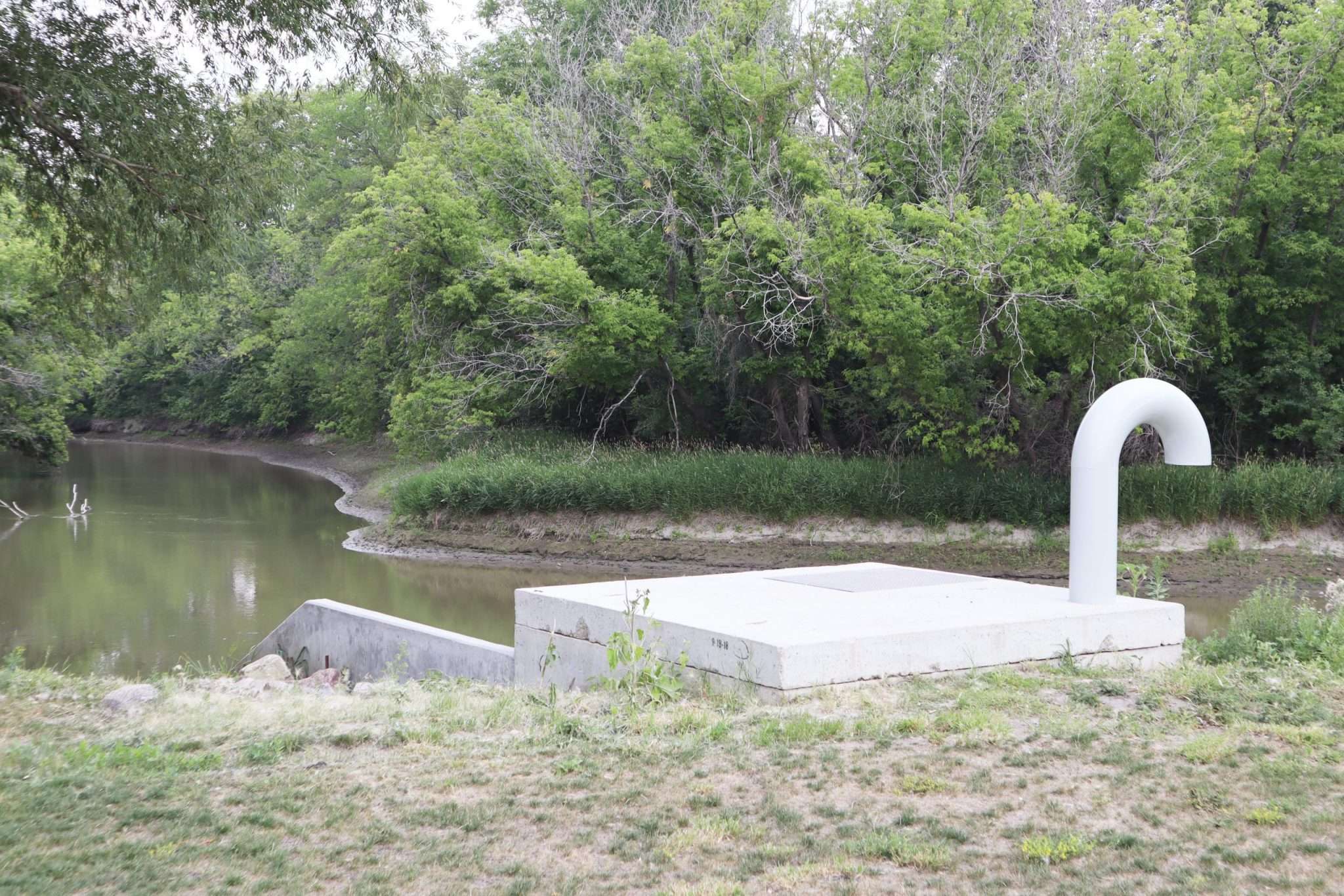
Stormwater, Ecosystems & You, Part 3: MS4 Compliance
This is the third installment in a series of articles highlighting stormwater runoff, its effect on ecosystems and how engineering and regulations mitigate its impacts. This installment explores the role of MS4s in cities’ stormwater management strategies and how MS4 regulations affect infrastructure projects and city planning.
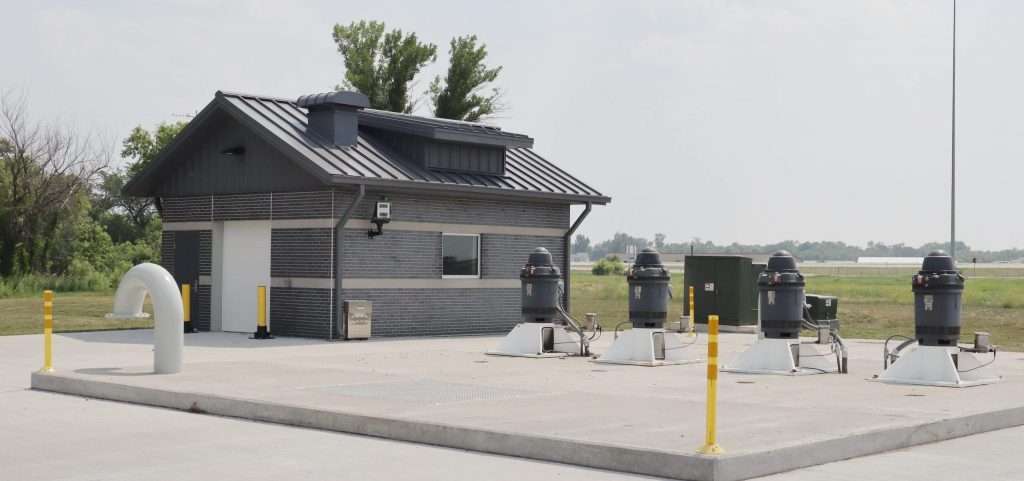
As part of the West Fargo’s 2019 Sheyenne Street construction project, a lift station near the I-94 interchange was installed where two drainage areas (upper and lower) enter a single storm sewer lift station structure with two separate chambers that pump water into a common force main and out to the Sheyenne River.A municipal separate storm sewer system (MS4) is comprised of storm drains, gutters, roadside ditches, sediment ponds and similar features that collectively manage a public entity’s (e.g., city, county, university, military base) stormwater discharge that eventually flows into rivers, lakes and other local surface water bodies. If those governmental entities meet certain criteria, the Environmental Protection Agency (EPA) requires them to obtain a National Pollution Discharge Elimination System (NPDES) permit for their MS4.
Who needs an MS4 permit?
MS4 requirements are roughly determined by the population of the urbanized area (UA) in which the MS4 is located or the MS4’s proximity to a UA. While the federal government oversees NDPES permitting, including MS4 permits, it has delegated the administration of them to the states in most cases. States must maintain a certain set of federal requirements as set forth by the Clean Water Act (CWA) but many states’ requirements vary from federal regulations by expanding regulations to stormwater sources that are not covered by the CWA.
In North Dakota, the North Dakota Department of Environmental Quality (NDDEQ) administers and enforces the MS4 permit process. A total of 19 MS4s are regulated in North Dakota and include cities, counties and public facilities. NDDEQ’s criteria includes MS4s owned and operated by public entities in designated UAs as well as municipalities with populations of more than 10,000.
The Minnesota Pollution Control Agency (MPCA) administers the state’s MS4 permitting. This permit is the MS4 General permit, which requires regulatory compliance, monitoring, reporting and a renewal application every five years. According to the MPCA’s website, “MS4s in Minnesota must satisfy the requirements of the MS4 general permit if they are at least one of the following: 1) Located in an urbanized area and used by a population of 1,000 or more; 2) Owned by a municipality with a population of 10,000 or more; 3) Have a population of at least 5,000 and the system discharges to specially classified bodies of water.”
How do you navigate the permitting process?
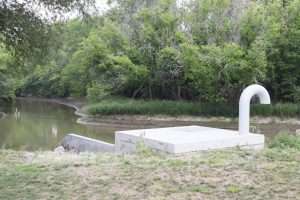
Our job as environmental experts and consultants is to work with cities, towns and other public entities to assist them in maintaining compliance with their state’s stormwater management directive. We help them understand the complex details of the regulations and identify potential funding resources for stormwater infrastructure projects to meet those standards. We also assist in the development of innovative and resourceful solutions to sustain long-term compliance.
Specifically, we assist municipalities with:
- Reviewing specific site plans and Stormwater Pollution Prevention Plans (SWPPPs)
- Identifying and meeting any new requirements introduced from year to year
- Ordinance review/development
- Best management practice (BMP) development
- Post-construction design of practices
- Identifying site constraints in relation to impaired and special waters and recommending BMPs
- Establishing efficient data management through custom SharePoint sites
- Analyzing existing programs and offering improvements for effectiveness and efficiency
- Documentation and data management
- System setup/reconfiguration so that it is useful to overall operations instead of a regulatory burden
- Finding federal and state funding and grant opportunities for stormwater management projects and system maintenance
- Clean Water State Revolving Fund (CWSRF)
- Environmental restoration funds and grants
- USDA Rural Development Water and Environmental Programs (WEP)
- Analyzing topographical or environmental modifications surrounding stormwater infrastructure and adjusting design or operation accordingly
How do MS4 compliance programs enhance infrastructure projects and everyday operations?
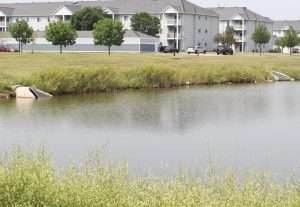
By planning infrastructure projects with stormwater management in mind, municipalities engage environmental professionals early in the process, which helps them fully understand the requirements and standards from the get-go and avoid unanticipated issues down the road. As those projects are designed, engineers proactively factor in the regulatory requirements to ensure comprehensive site plans.
MS4 compliance also requires extensive data management and documentation. This can be overwhelming for a smaller city without dedicated staff and resources or a public entity whose system has recently been deemed a regulated MS4. As consultants, we offer interactive approaches and supply tools to make storing and accessing information and keeping SWPPPs up-to-date easier. We also recommend efficiencies for implementing regulatory requirements by applying our experience with multiple other MS4s. At the end of the day, reliable data leads to more informed decisions, better maintenance plans, future funding preparation, and more thorough project planning and coordination.
What do MS4 regulations have to do with me?
The purpose of MS4 compliance is to keep our ecosystems healthy with clean water. As the MPCA describes, they are “designed to reduce the amount of sediment and other pollutants entering state waters from stormwater systems.” That affects everyone:
- City officials need to pay attention to MS4 rules in order to effectively plan for community development, budget for stormwater expenses and enforce ordinances.
- Contractors and developers must ensure they are meeting MS4 and NPDES standards on every project, no matter how big or small.
- In addition to keeping the environment clean, community residents are also impacted financially by these regulations and the bottom line.
In the next segment, we discuss how stormwater runoff pollution and management affects rural areas and groundwater.
Sources:
https://deq.nd.gov/publications/wq/2_NDPDES/Stormwater/MS4/NDR04sob20210401F.pdf
https://www.pca.state.mn.us/water/municipal-stormwater-ms4
See also: Stormwater, Ecosystems & You, Part 1: Overview
Stormwater, Ecosystems & You, Part 2: Urban Development
Stormwater, Ecosystems & You, Part 4: Groundwater and the Rural Landscape
